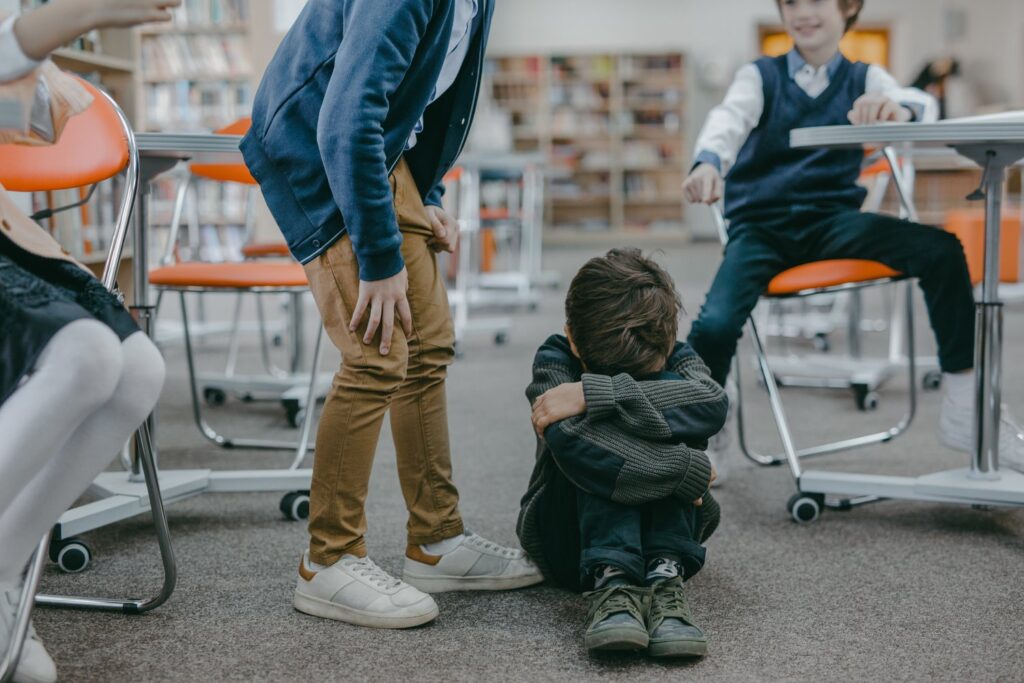
School shootings are unfortunate events that have taken place in schools. And if we pay more attention to our surroundings, there are a lot of signs that we can see to hopefully aide to prevent them from happening. Knowing these signs can help you prevent it doesn’t happen at your school.
Nowadays, shooters are the last one you least to expect. They are not an adult – but kids. They are a simple kid, except that inside their mind, they are interested in the planning of violence rather than their upcoming test. However, don’t just simply assume who is capable of being violent. Because it can happen, from your neighborhood or from your own family as well.
That is why we’ve broken down some of the most common warning signs to look for in school shooters. From a child’s behavior, this information will help you keep your kids safe, and help you become proactive in checking on their school and monitoring their behaviors.
Here are five signs to talk about to prevent school shootings:
- Bullying has long-lasting effects on children. In fact, it can have an effect on their social life. Children and youth who are bullied are typically anxious, insecure, and cautious and suffer from low self-esteem. They rarely defend themselves and often retaliates when they are confronted by students who bully them. Bullying can happen anywhere. From home to school, and even on social media sites. It includes direct threat, physical and verbal abuse. Reach out to One Belief Organization to set up a school speaker for bully prevention.
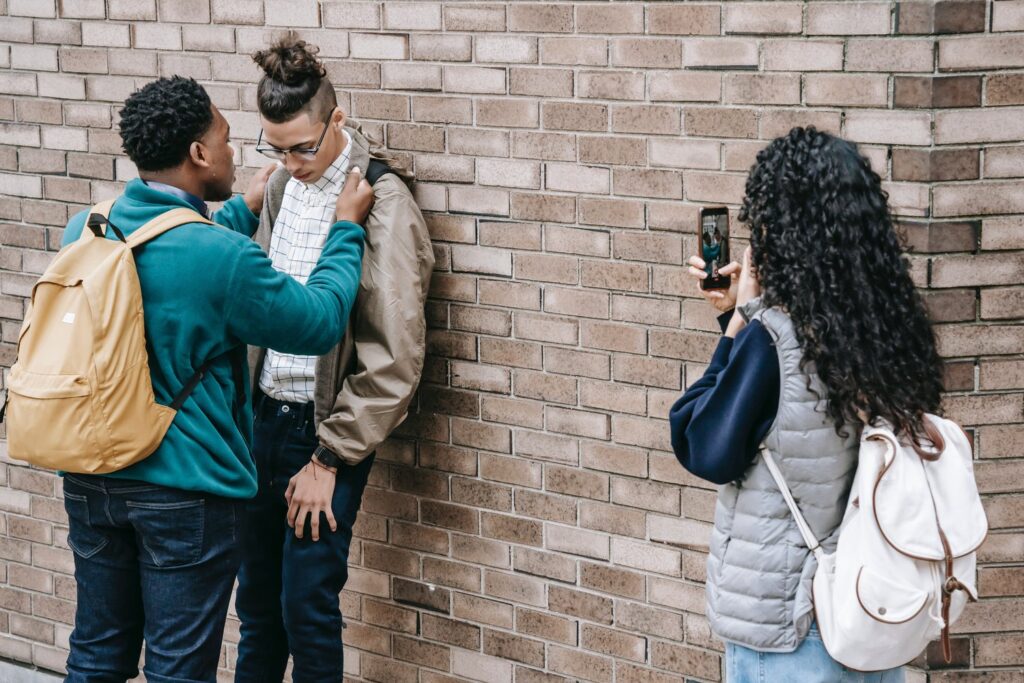
Social withdrawal from family and friends and avoiding connection to others can be a sign of something serious.
2. Withdrawal It is normal for children to put a distance from their parents and connect more with their peers as they reach adolescence. However, social withdrawal from family and friends and avoiding connection to others can be a sign of something serious. Children that go on withdrawal from their social life can feel isolated, lonely, misunderstood. Anxiety, stress, and irritability in surroundings are also common during withdrawal.
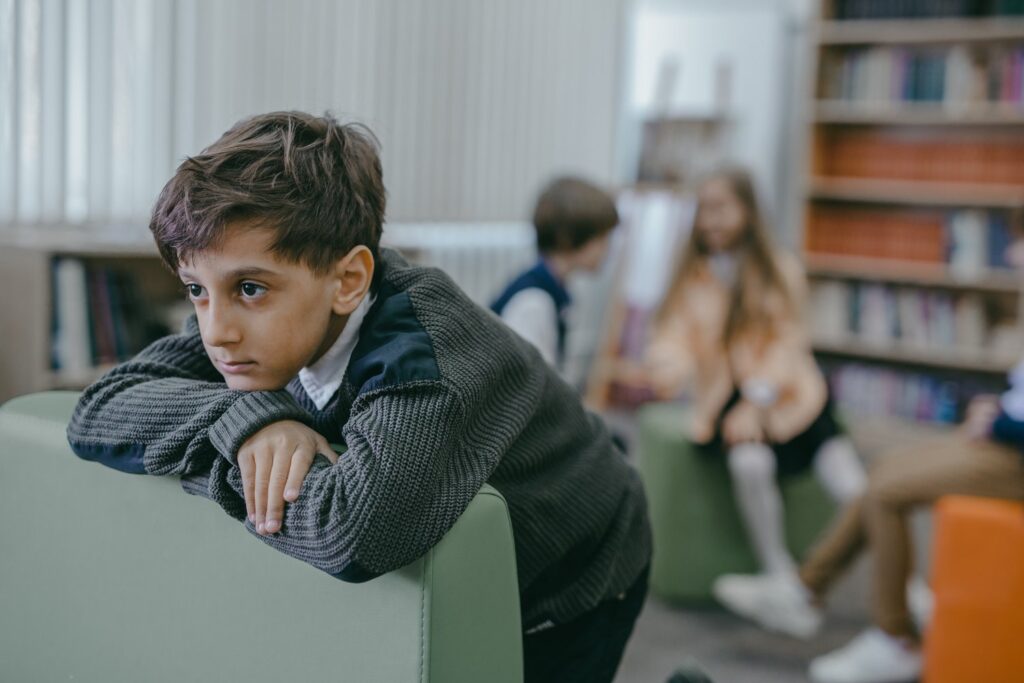
Anger is one of the most difficult emotions to deal with. It’s the strongest emotion we can experience as humans.
3. Anger for children, the most common trigger is frustration. It’s when they can’t get what they want. It’s like a tantrum, but what we overlook is, sometimes, it is associated with other psychological problems – such as depression and other mental health illnesses. Anger is one of the most difficult emotions to deal with. It’s the strongest emotion we can experience as humans. If you find yourself seeing a child having difficulty controlling their anger at times, it may be worth seeing a therapist for help coping with the powerful emotions they likely feel.
A threat is an expression that directs an intent to do harm, act violently against someone or something.
4. Threats could be in the form of spoken, written, even symbolic. One best example is motioning with one’s hand as though shooting at another person.
However, threats should always be evaluated. One thing to always remember is that direct threats and threateners are not equal. Sometimes threateners are unlikely to carry out their violence. Even so, all threats should be taken seriously and evaluated.
Victims of bullying are at greater risk of mental illness and may experience increased anxiety and depression, and other serious notes – like suicidal behaviors. They are also at risk of making direct threats when they feel hopeless.
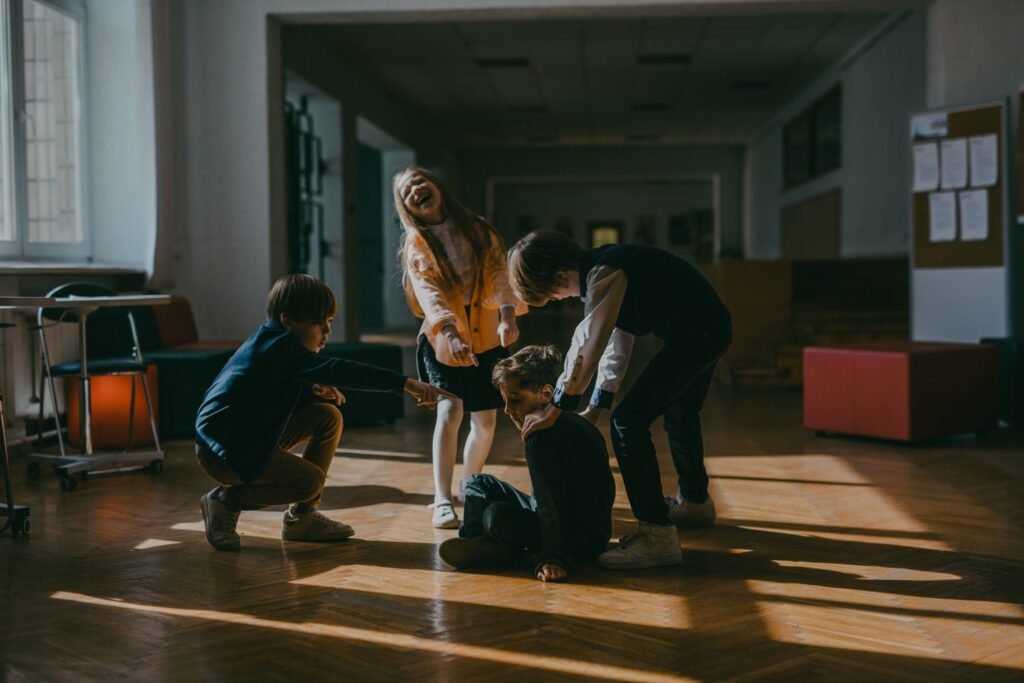
According to research, roughly a third of U.S homes with children have guns. There are an estimated 4.6 million kids that live with unlocked, unsafe, loaded guns.
5. Boasting on access to guns and weapons is scary to imagine but the fact that toddlers, young children can find unloaded guns in their homes – they are strong enough to pull the trigger and cause dilemma.
Many families keep guns in their homes for safety. But every year, guns are used to kill or injure thousands of Americans. The best way to void having access to guns is to make sure that they are not visible and loaded. It is also important to discuss the right use of guns at an early stage to prevent future violence.
While we can never tell what a person is thinking, we cannot do our part to help keep school safe. Preventing guns and weapons on campus starts with you securing your weapons at home. Noticing these tips and treating symptoms of mental health with guidance counseling, therapy, or medication if needed.
Teaching positive boundaries and understanding, not tolerating bullying, teaching kids to speak up, encouraging mental health awareness. All of these actions may not prevent school mass shootings from occurring entirely, but these may help keep them from becoming a mass problem.

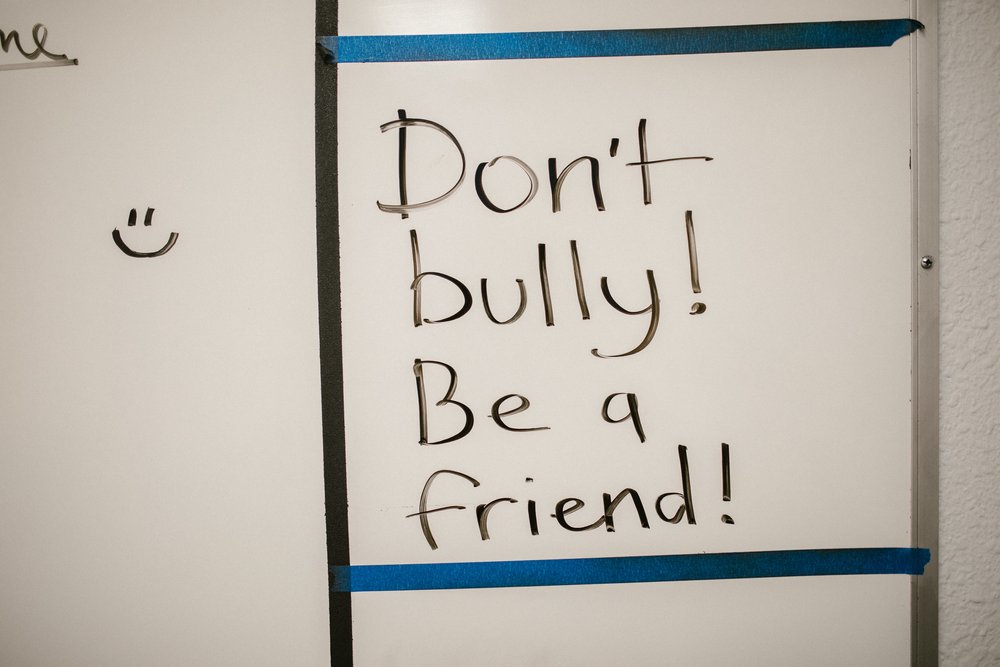
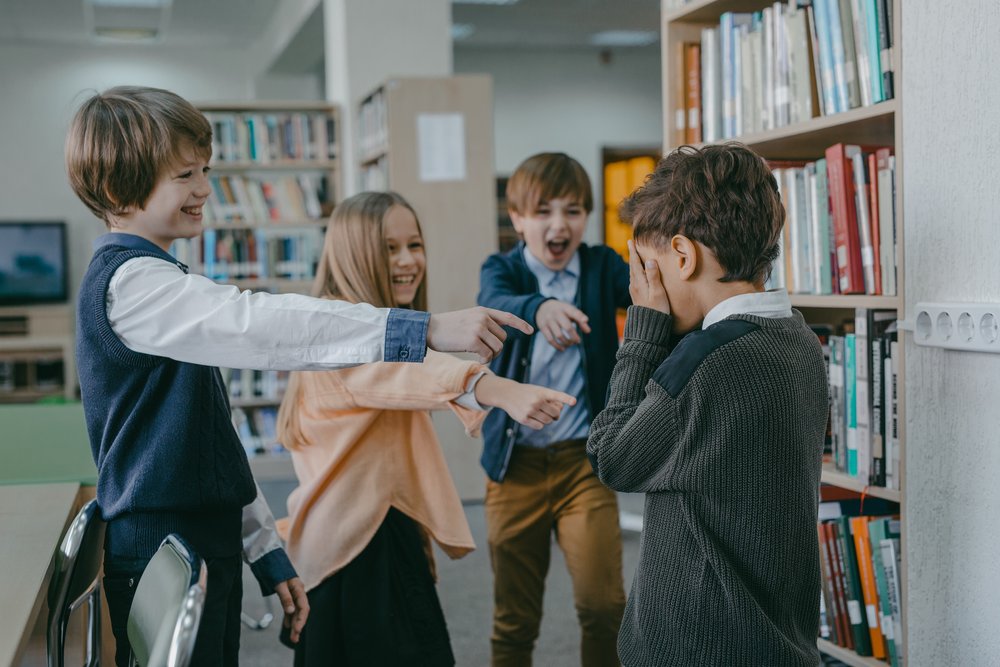
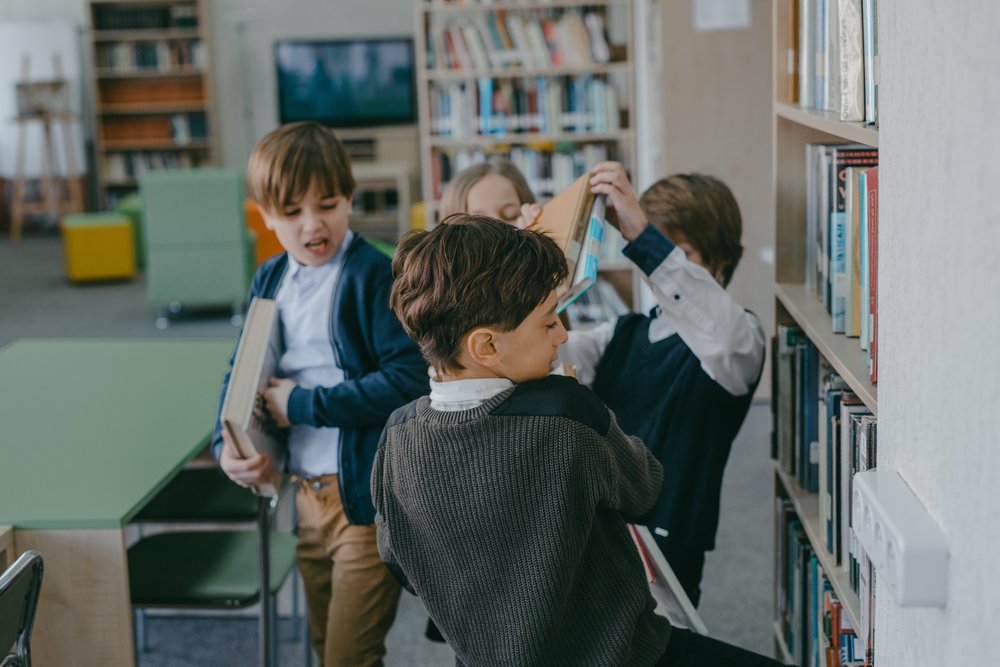
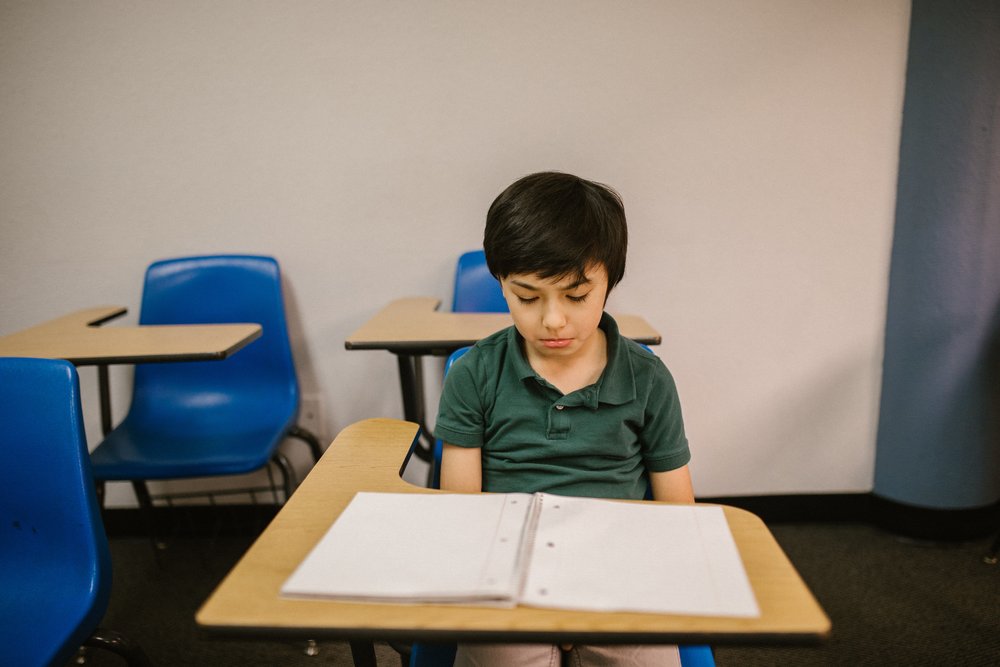

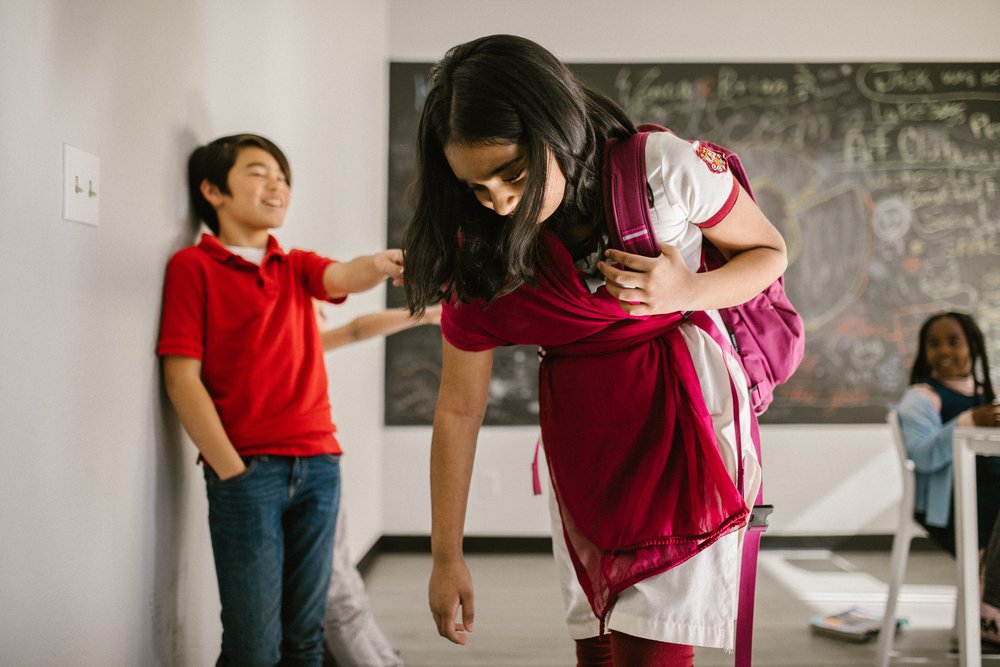
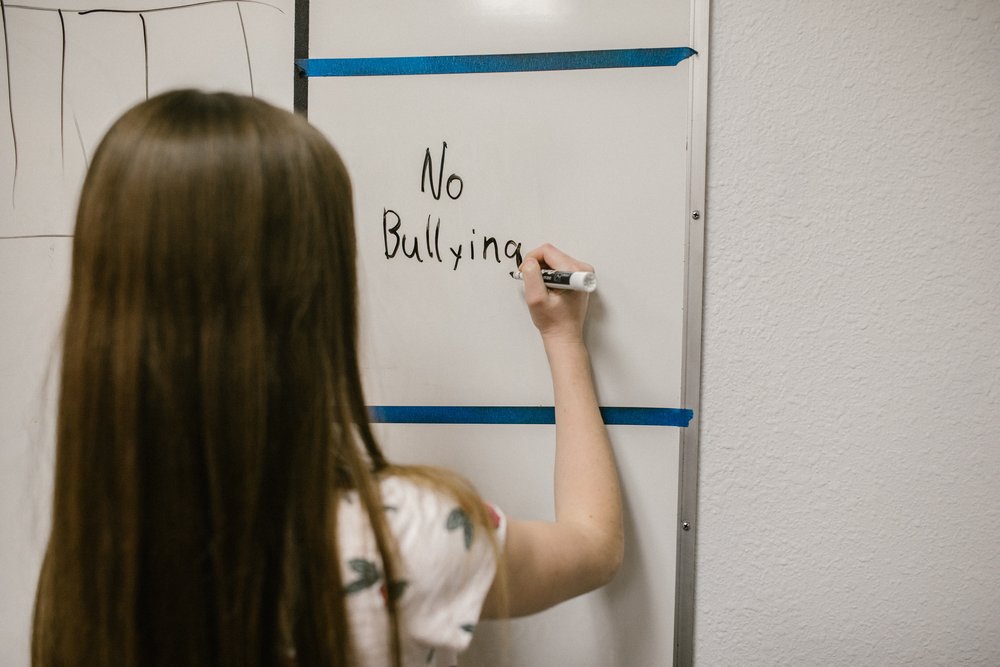
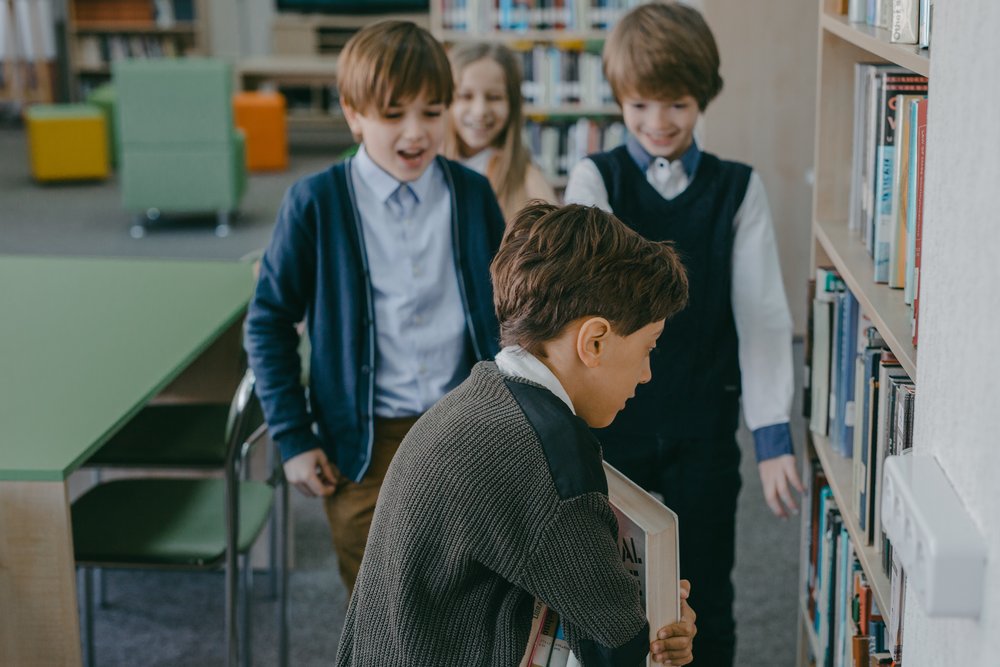
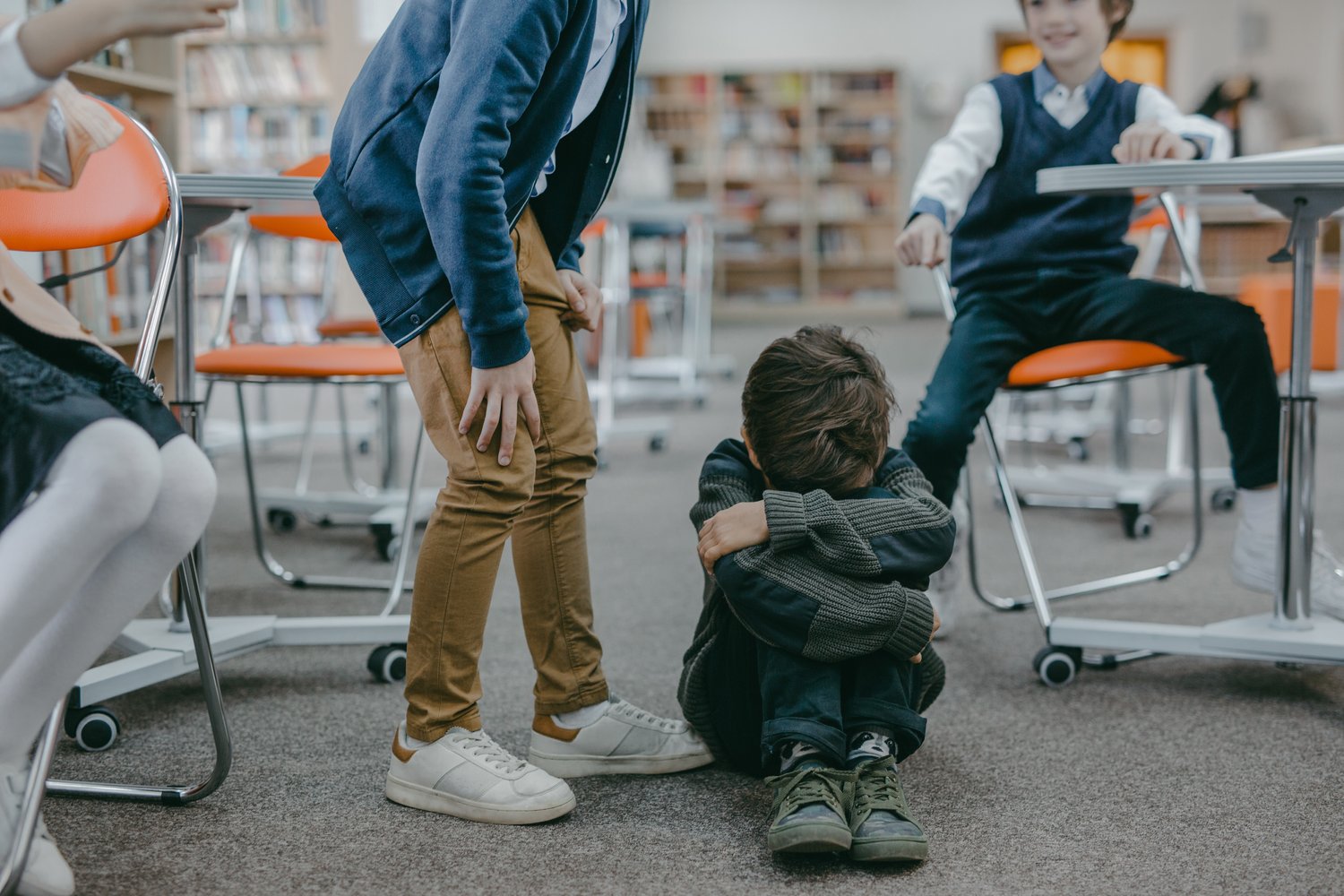
View comments
+ Leave a comment